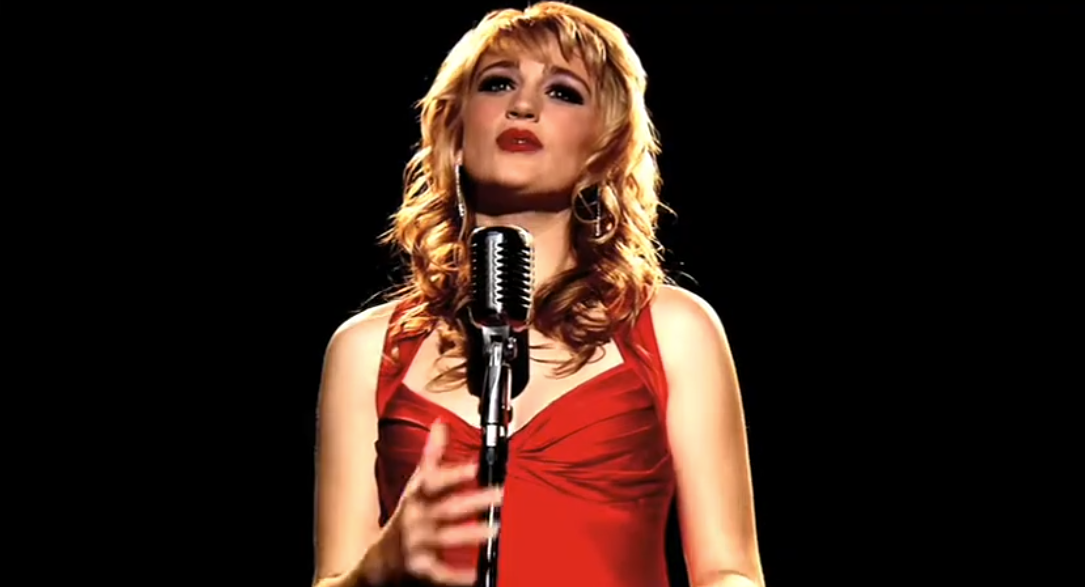Break is a strange but compelling neo-noir crime film that deserves a second look, particularly for fans of pulpy, offbeat thrillers. Directed and written by Marc Clebanoff, the film plays like a graphic novel brought to life, with an unusual filming style that emphasizes extreme close-ups, giving every scene a hyper-stylized, almost surreal quality. Its aesthetic is very low budget, reminiscent of a 1990s straight-to-video affair. With an estimated budget of $750,000, much of the money seems to have gone toward the salaries of the many well-known actors in cameo roles. Minimalist sets and sparse production design only add to its rough, underground charm.
The story revolves around a loyal hitman, Frank, tasked with killing a woman so she cannot find happiness after the death of a powerful crime boss known simply as The Man, portrayed by Chad Everett. The twist, of course, is that Frank has already fallen in love with the woman he is meant to kill. Frank Krueger brings a quiet, introspective presence to the role, though some viewers may find his character somewhat dull compared to the colorful chaos surrounding him. Michael Madsen appears briefly as The Associate, bringing his familiar tough-guy energy, but his presence is mostly limited and his lines, unfortunately, lean toward crude humor. David Carradine also makes a confounding appearance, adding eccentricity and gravitas to the otherwise unpolished production.
Despite its low budget, Break delivers a number of memorable action moments. A restaurant brawl featuring master Xin Sarith Wuku showcases inventive choreography and thrilling sequences, even if some fights, like one involving a man throwing chopsticks at an Asian fighter dubbed “The Chinaman,” are hilariously over-the-top. The film’s humor lands in unexpected places, from intentionally funny lines such as “Teach me karate” to the absurdity of a bodyguard named Haiku who communicates exclusively in haikus. Over-the-top sound effects, a tone-deaf “songbird” siren, and the melodramatic dun-dun-dunnn! ending give Break a certain so-bad-it’s-good appeal.
While the dialogue can be horrendous and Frank is occasionally a walking dial tone rather than a charismatic hitman, these quirks only add to the movie’s cult charm. Its pulpy, graphic-novel-inspired visuals, oddball characters, and unapologetic approach to action and crime storytelling make it an entertaining watch for those willing to embrace its flaws. The film’s darkly humorous and occasionally bizarre moments, along with its suspenseful themes of loyalty, betrayal, and forbidden love, keep the viewer engaged even when the production itself feels modest.
For fans of indie crime cinema, low-budget neo-noir, or eccentric, pulpy thrillers, Break offers a strange but fascinating ride. It is a film that may frustrate and amuse in equal measure, with memorable fight scenes, standout cameos, and enough oddball charm to make its rough edges forgivable. While it is not a polished or traditional thriller, its offbeat storytelling and bold style earn it a place as a hidden cult favorite worth discovering.
Jessie Hobson



